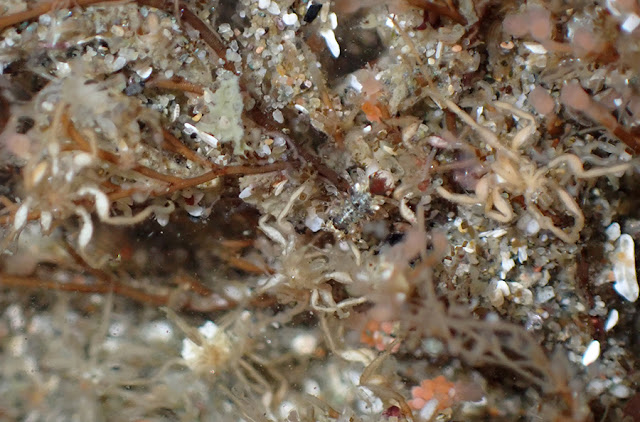
This is a quick note to let everyone know that I'm transitioning to a different e-mail service for the Natural History of Bodega Head blog post e-mail messages.
If you subscribed to the e-mail service before last summer, you have been receiving messages from Google (Feedburner). However, that service has been discontinued (although I know some of you have still been receiving occasional messages). Soon you will no longer receive messages from Google.
The new e-mail service is called follow.it. If you have signed up to receive blog posts in the past, then you might see a banner at the top of the new e-mail messages explaining that I have transferred subscribers to the new follow.it service. This is a legitimate message. You can click on a link to confirm you'd still like to receive e-mails from the Natural History of Bodega Head. Or you can also decline if you no longer want to receive these e-mails.
Also, if you know anyone who tried to subscribe during the past year and wasn't successful, the good news is that you can direct them to the bottom of the main NHBH web page where the subscription form is now functional.
I apologize for the issues with the e-mail service during the past year. I'm hopeful that this will be a workable solution. Thanks again for your interest in the Natural History of Bodega Head!
P.S. The photo shows an Elegant Tern...because I'm turning the page to a new service! :)





































